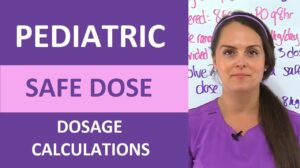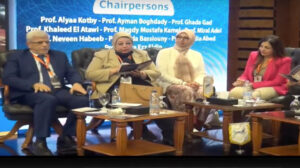NEW YORK (Reuters Health) – Anakinra is highly effective in treating patients with neonatal-onset multisystem inflammatory disease (NOMID), researchers from the National Institutes of Health report in the January 31st online Arthritis & Rheumatism.
“NOMID/CINCA is part of a disease spectrum of inflammatory disorders caused by mutations in a gene, CIAS1, that is a critical component of a platform that activates and releases IL-1 from the cells,” Dr. Raphaela Goldbach-Mansky from National Institute of Arthritis and Musculoskeletal and Skin Diseases, Bethesda, Maryland told Reuters Health in an email. “NOMID is on the clinically most severe end of the disease spectrum.”
An estimated 1 or 2 in a million individuals has one or another of the inflammatory diseases that make up cryopyrin associated periodic syndromes, Dr. Goldbach-Mansky said, and about a quarter of these individuals have the severe form, NOMID.
Dr. Goldbach-Mansky and colleagues evaluated the efficacy and safety of 36 and 60 months of treatment with the IL-1 receptor antagonist anakinra in controlling systemic and organ specific inflammation and in preventing progression of organ damage in 43 patients that met the criteria for NOMID.
Anakinra therapy started at 1 mg/kg daily and increased over time to a maximum of 5 mg/kg/day.
All 43 patients achieved and sustained a clinical and laboratory response to anakinra, demonstrating significant improvements in scores for daily diaries, parent and physician global assessment, parent pain assessment, and Childhood Health Assessment Questionnaire (CHAQ).
Patients experienced significant decreases in inflammatory markers by 12 months, further decreases at 36 months, and stable values between 36 and 60 months.
Remission rates increased from 46% at 12 months to 50% at 24 months, 58% at 36 months, and 65% at 60 months.
Patients showed catch up growth at 36 and 60 months, and prednisone doses in the 16 patients taking them at baseline decreased significantly.
While CNS damage and hearing and vision appeared to stabilize, bony lesions progressed despite therapy (although no new bone lesions developed).
There were no dose limiting toxicities, and anakinra was not discontinued in any patient.
“The effect of IL-1 blocking therapy, anakinra, started within days of treatment and for many patients and their parents was a life-changing event,” Dr. Goldbach-Mansky said. “We rarely see that every single patient started on a therapy improves dramatically, but with this treatment we have see dramatic responses in all patients treated, which indicates that our treatment blocks the inflammatory pathway at the right spot.”
“At the onset of these studies we were hoping for improvement of the clinical symptoms and improvement of the inflammatory process, but we have learnt from treating these patients that we can actually completely suppress inflammation and aim for inflammatory remission by dosing patients appropriately,” Dr. Goldbach-Mansky said.
“These data raise hope that with very early treatment with appropriate doses of Il-1 suppressing drugs we may be able to prevent any organ damage from developing, a thought far from being imagined not too long ago,” Dr. Goldbach-Mansky concluded.
“Apart from anakinra, other long-acting IL-1 blocking therapies have recently been approved by the FDA for the treatment of CAPS,” Dr. Goldbach-Mansky added. “These drugs were approved under the orphan drug program for the milder forms of CAPS and the clinical trials were as impressive. These drugs all target the same pathways: they block IL-1 from signaling at its target.”
Arthritis & Rheumatism, 31 January 2012




